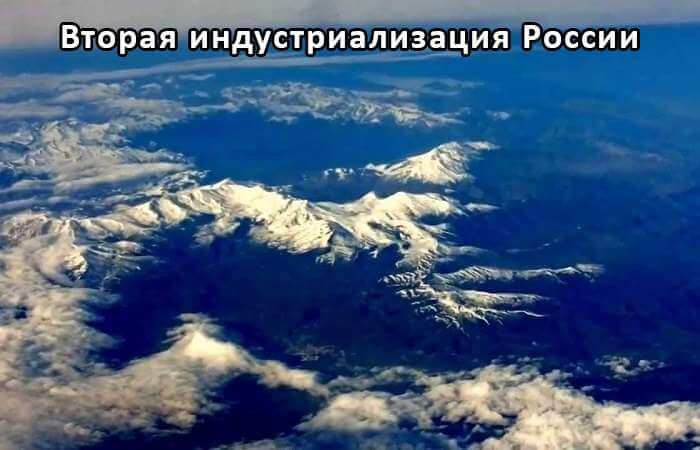
UAV for aerial photography and mapping work.
UAVs for aerial photography can significantly reduce the production costs of aerial surveys. Experience shows that for aerial photography, with the aim of calculating the volume of rock at the quarry area of 2 km2, the required 1 hour. The traditional method works, involving ground survey tool would require not less than three days
Technical characteristics of the UAV for aerial photography DELTA-M
Description:
UAVs for aerial photography can significantly reduce the production costs of aerial surveys. UAVspecialized for solving problems of geodesy and cartography, represented by a unit DELTA-M, which according to its technical characteristics has no analogues among other Russian light UAV for civil purposes and, in essence, is a stand-alone mapping tool.
A distinctive feature of the UAV for aerial photography DELTA-M is a high-precision global navigation satellite receiver system and of supporting-rotary device with gyrostabilization stabilizing the optical axis. Thanks to the latter when performing aerial photography, no so-called “herringbone”, which is formed in the case of the use of drones and is rigidly attached to the body of the camera due to vibrations of the hull of the glider.
The lack of “Christmas trees” allows you to increase the distance between the routes, which leads to increase in the area of aerial photography performed in a single flight. In addition, significantly reduced the number of photographs involved in the processing, which significantly reduces the time of processing of raw materials to obtain high-quality orthophoto.
Advantages:
– reduction of production costs of aerial surveys,
– high performance. Experience shows that for aerial photography, with the aim of calculating the volume of rock at the quarry area of 2 km2, the required 1 hour. Obtaining orthophoto and a DEM takes no more than 4 hours of automatic processing, which may produce during the night time without operator intervention. The traditional method works, involving ground survey tool would require not less than three days
– the use of drones allows you to shoot hard to reach places, except for finding them employees, and not exposing them to the risk to life and health.
Technical characteristics of the UAV for aerial photography DELTA-M:
| Features: | Value: |
| The speed of the aircraft | 65-80 km/h |
| The altitude | 100-3000 m |
| Resolution photos | 3-10 cm/Pix. depending on the altitude (300-1000 m, respectively) |
| Performance shooting | for tasks monitoring — up to 80 km2 / departure; for resolution of 10 cm/point — up to 30 km2 / departure; for the resolution of 3 cm/dot — up to 10 km2 / flight. |
| The range of radio | 30 km |
| The duration of the flight | Up to 200 minutes |
| Allowable wind speed | 15 m/s |
| The rise | ejection |
| Landing | parachute |
| Operating temperature range | from -35°C to +40°C |
| The range of angles move gyro-stabilized support-rotating device | for a roll angle of ± 45°; for a pitch angle of ± 25°; at the drift angle of ± 50°. |
| The absolute accuracy of the center of the photographing | basic: root mean square error (RMSE) in terms of 2 m, height 3 m equipment GPSGLONASS receiver for increased accuracy (differential phase mode – RTK): RMS in terms of 0.1 m, height 0.2 m |
| Configuration photographic equipment | Sony RX-1 a full-size sensor 35 mm; Central shutter; Resolution 6000 x 4000; (you have the option Canon EOS-M c lens EF50мм f1/1.4 USM) |
| The guaranteed service life of the airframe | 50 landings |
| Resource complex batteries | 50 cycles to reduce capacity by 20% |
Stages of aerial photography:
Technologically aerial photography with UAVs is done in several stages: preparatory laboratory work and preparation of the flight task; the marking of reference points on the terrain and executing flight tasks (field work); * office processing of obtained materials.
To obtain high precision data necessary pre-instrumental link network control points and pinning them markings that ideally represent a cross-marked center marked on the ground. Their number may depend on the type of terrain, purposes and shooting conditions. For example, to obtain high-quality orthophoto 1:1000 scale with the use of supporting-rotary device with enough gyrostabilization 8 control and 2 control points per 1 km2 of area.
Before launching the UAV in the interface of the ground control station (GCS) specify: the area of the shooting, the required values of longitudinal and transverse overlap and altitude, which depends on the spatial resolution of the images. For these parameters the ground station control automatically creates a route to follow which makes the UAV aerial photography with fixation of coordinates of each point photography.
Getting quality results is provided by the photographing processing of digital images in specialized software packages, such as Pix4Dmapper, Photoscan, software to simplify and automate the processing of raw materials (determination of tie points on adjacent images and the adjustment on the specified reference points). Processing aerial photographs is fully automated, it is necessary to load in the software obtained aerial images, the position of the centers of photographing and set the coordinates of the control points, then the software will create accurate digital terrain model.
The format of data derived from photogrammetric processing, is compatible with all modern geographic information systems and readily converted to the required.
Note: the description of technology on the example of a UAV for aerial photography DELTA-M.
